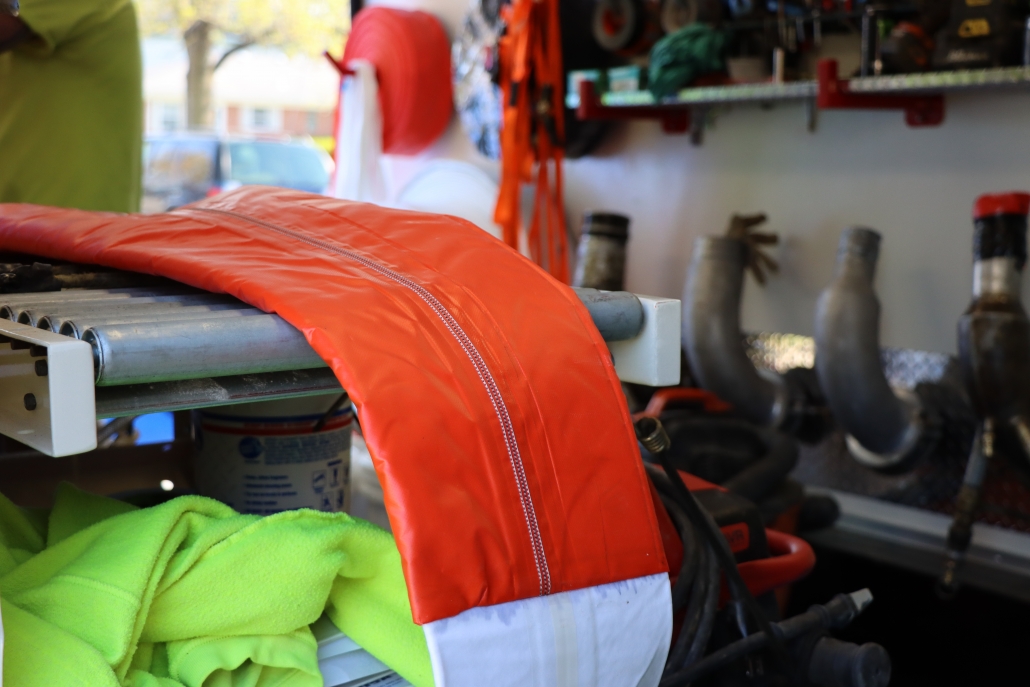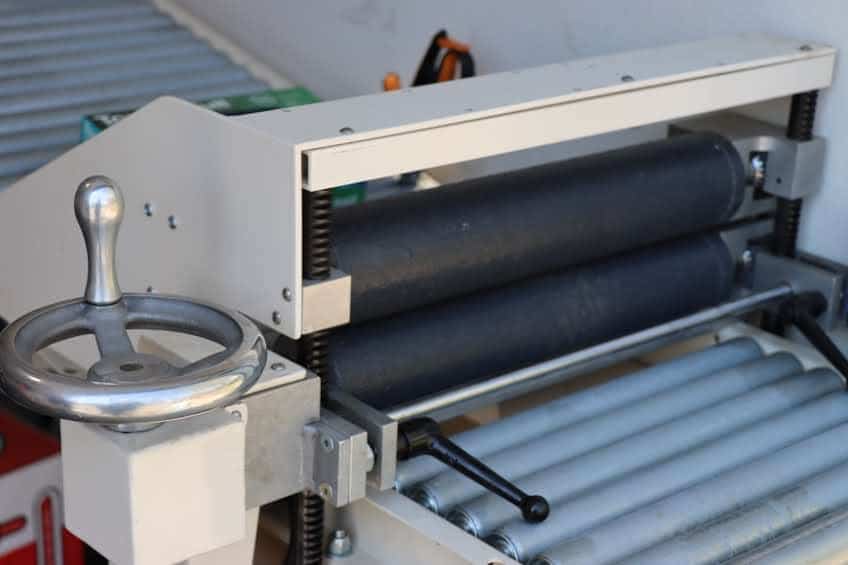123 Main Street, New York, NY 10001
When you have a failing sewer line, you need the right contractor to save your property and your wallet! Pipelining.com connects you with local, reliable providers for pipelining pipe restoration.
You don’t need to remove and replace your pipes. Trenchless (no-dig) pipelining, also known as pipe relining or CIPP (cured-in-place pipe) originated back in 1971. Today, this advanced technology is the ideal option for repairing pipes without major demolition to your home or business.
Pipe relining is a long term solution to sewer repair. Most reputable installers use products that carry a minimum 50-year life use expectancy! While the effectiveness of relining may be long lasting, the installation process is usually much faster than conventional methods. Many pipe renewals can be performed in as little as one day.
Why wait? There are qualified sewer repair contractors in your area waiting to help.

As sewer pipes age, they often develop issues such as FOG (fat-oil-grease) buildup and show signs of decay in the form of scaling and corrosion. The aging process can leave your pipes with cracks or channels where the piping material has completely eroded.
So how do you know if you have a failed sewer pipe line? Here are few tell-tale signs:
If you are experiencing any of these issues, contact one of our trusted providers for an evaluation of your drainage system. Early intervention can save your home from extensive service and that usually means it will save you from paying more, too.
Trenchless pipe repairs are very different from the dig-and-replace method still used by most general plumbers. Instead of digging a long trench through your home’s flooring and foundation and causing major demolition of finishes such as walls and cabinetry, your pipes are rehabilitated mostly or entirely from existing access areas like your toilets, plumbing cleanout, or small openings.
This type of service is highly specialized and requires a significant investment by the contractor for equipment and team training, which is why the majority of plumbers do not perform pipe lining. This is also why you need a trusted, verified contractor to rehabilitate your drainage pipe system.
Trenchless sewer repairs are much less invasive to your property and are generally performed in a shorter time frame, many in as little as one day! An expert installer looks at every option to utilize existing plumbing openings, however, if a new access point is required, the opening will be quite small (perhaps 2’ square +/-) and ideally situated in an inconspicuous area of the property.
There are several installation techniques and multiple material applications for pipe rehabilitation. These include but are not limited to:

Cured-in-place pipe (CIPP) is essentially creating a new pipe directly within the existing old pipes.
Since the epoxy- or resin-soaked material used for lining starts out flexible, the specialized equipment and skilled technicians have the ability to guide the flexible tubing through the piping system. Yes, pipe lining can navigate through most plumbing bends and around many curves and transition changes.
Once the lining is in place, air pressure is used to gently inflate the tube to the full diameter of the pipe, sealing out all gaps, cracks, and leaks. The liner is then cured using one of several methods including ambient, steam, UV light, and more.
When lining is properly installed, the result is a smooth, completely sealed, better-flowing system that should last for decades. Depending on geographic location, environmental conditions, and material used, pipe relining may have a longer life use expectancy than pipe replacement.
This is a popular question that we wish we could easily answer. Most contractors price lining by the linear foot, however, the average costs vary greatly depending on location, materials used, difficulty of the job, installation method, and other factors. We have found that, on average, the majority of customers report paying between $85 and $275 per linear foot.
Be sure to thoroughly review the scope of work included in your trenchless pipe lining quote. Some contractors include CCTV or video inspection, the cleaning process necessary to prepare the pipes, and the lining installation in one quote. But more than likely, your provider will break this down into two or more stages, since it can be difficult to determine the actual condition of the pipes when there is buildup, debris, or a blockage involved. Be wary of contractors that give you a “quote” without inspecting your piping system. Reputable contractors want to know the facts about your pipes and will schedule an inspection prior to preparing your project plans and quoting your exact costs.
We often hear from customers who wonder if they should pay for a pipe inspection when some companies offer them for free. Our response is to be sure you know what you’re getting. If your contractor provides a free inspection, you have to expect that the costs involved for the technician(s) to perform the work and interpret the data will be reflected in the overall pricing of the project. If your contractor charges separately for an inspection, find out what you get for that fee. Will you receive a copy of the video? Getting a copy of the inspection video is great, but it isn’t incredibly helpful if you don’t know what you’re viewing. Ask for a findings report so you better understand the conditions and layout of your system and subsequently, comprehend the plan of action to repair your pipes.
Although it sounds too good to be true, the advanced technology of trenchless pipe lining usually costs LESS than conventional pipe replacement! When comparing costs, take into account the reconstruction fees associated with trenching methods. To access your old pipes, long trenches are dug through your flooring and foundation. If you have a concrete foundation, this repair alone could be thousands of additional dollars. Replacing flooring, such as tile or wood has a hefty installation cost involved, so that too must be calculated into the traditional plumbing quote. With pipe replacement, large portions of walls and cabinetry may need to be removed. This could also involve tiled wall areas in your showers or kitchen. Once the plumbing is finished, the renovations begin. Not only does this add costs, it also adds time to the project. Aside from offering time-savings, convenience, and reduced impact on your property, the costs associated with pipe lining are mostly limited to what your contractor provides. There is little to no renovation needed after installation. Yes, it’s hard to believe, but high-tech pipe lining usually results in lower costs to the property owner than pipe replacement!
There are multiple reasons why you may want to avoid digging trenches through your property. Here are a few of our top considerations: